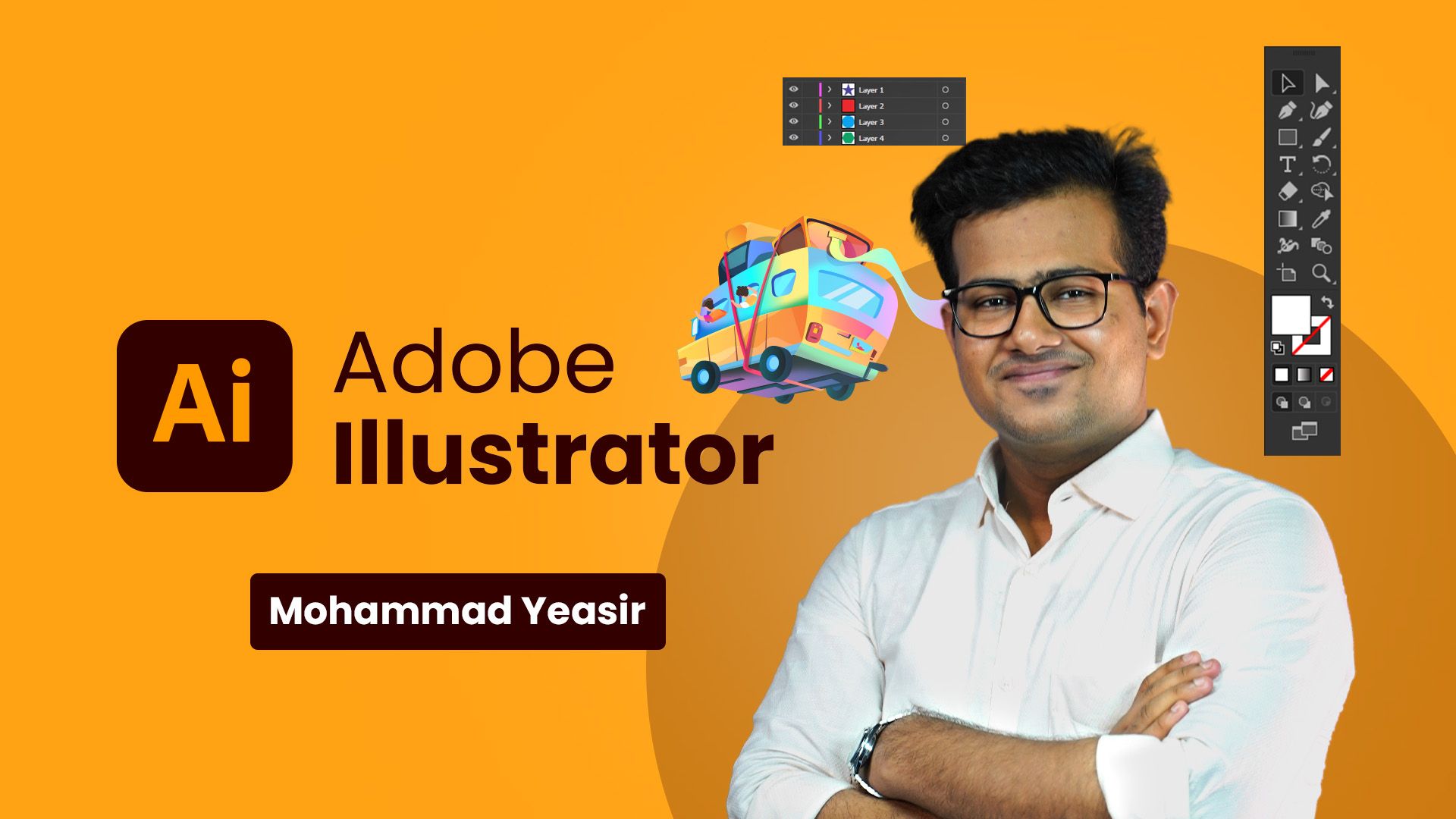Mastering Graphic Design Basics: Step-by-Step Tutorial
Absolutely! Here's a comprehensive step-by-step tutorial on mastering graphic design basics, along with some frequently asked questions:
Mastering Graphic Design Basics: Step-by-Step Tutorial
Step 1: Understanding Design Principles
- Learn the Basics: Familiarize yourself with fundamental design principles like balance, contrast, alignment, repetition, and hierarchy.
- Study Design Elements: Understand the role of color, typography, shapes, and images in graphic design.
- Practice Observation: Analyze existing designs to identify how design principles are applied effectively.
Step 2: Choosing the Right Tools
- Select Software: Choose graphic design software that suits your needs and skill level. Options include Adobe Photoshop, Illustrator, or free alternatives like Canva or Inkscape.
- Get Familiar: Spend time exploring your chosen software's interface, tools, and features. Take advantage of tutorials and online resources to accelerate your learning process.
Step 3: Exploring Color Theory
- Learn Color Basics: Understand the color wheel, color schemes, and the psychology of colors.
- Experiment with Color: Practice using colors effectively in your designs to evoke emotions and convey messages.
- Think about Availability: Guarantee your variety of decisions is open to all clients, incorporating those with a variety vision inadequacies.
Step 4: Mastering Typography
- Understand Typography: Learn about font styles, sizes, spacing, and hierarchy.
- Pair Fonts: Experiment with font combinations to create visual interest and improve readability.
- Pay Attention to Details: Fine-tune typography elements like kerning, leading, and tracking for polished designs.
Step 5: Working with Images and Graphics
- Select High-Quality Assets: Use high-resolution images and vector graphics for crisp, professional-looking designs.
- Edit and Manipulate: Learn basic image editing techniques like cropping, resizing, and adjusting brightness/contrast.
- Create Original Content: Practice creating your illustrations and graphics to add a unique touch to your designs.
Step 6: Understanding Layout and Composition
- Study Layout Principles: Explore concepts like grid systems, whitespace, and visual flow.
- Create Balance: Ensure elements are evenly distributed throughout your design to create visual harmony.
- Experiment with Composition: Play with different arrangements of text, images, and other elements to find the most effective layout.
Step 7: Practicing Regularly and Seeking Feedback
- Practice Consistently: Dedicate time to regular practice to improve your skills and creativity.
- Look for Input: Offer your work with companions, tutors, or online networks to get helpful analysis and ideas for development.
- Embrace Iteration: Be open to refining and iterating on your designs based on feedback and your own observations.
Step 8: Building a Portfolio and Showcasing Your Work
- Compile Your Best Work: Create a portfolio showcasing your strongest design projects and skills.
- Showcase Online: Display your portfolio on your website, design communities, social media, or professional networking platforms to attract potential clients or employers.
- Continuously Update: Regularly update your portfolio with new projects to demonstrate growth and versatility as a graphic designer.
FAQs:
- Do I need formal education to become a graphic designer?
- While formal education can be beneficial, it's not strictly necessary. Many successful graphic designers are self-taught or have learned through online courses, tutorials, and practical experience.
- How do I stay updated with current design trends?
- Follow design blogs, websites, and social media accounts, and attend design conferences and events to stay informed about the latest trends, techniques, and tools in the industry.
- Can I use graphic design software for non-commercial purposes?
- Yes, most graphic design software can be used for personal projects, hobbyist endeavors, or non-commercial activities without any restrictions.
- What if I'm not satisfied with my designs?
- Don't be discouraged! Design is a process of continuous improvement. Analyze what works and what doesn't in your designs, seek feedback, and keep practicing to hone your skills over time.
- How do I handle criticism of my work?
- Move toward analysis with a receptive outlook and a readiness to learn and develop. Use constructive feedback as an opportunity to improve your designs and develop as a designer.
By following these steps and continuously honing your skills, you'll be well on your way to mastering the basics of graphic design and creating stunning visuals.
Professional Graphic Design Course
Graphic Designing with Photoshop
মোবাইল দিয়ে Graphic Designing
Adobe Illustrator





(1).png)










.png)

.png)




.png)






0 Comments